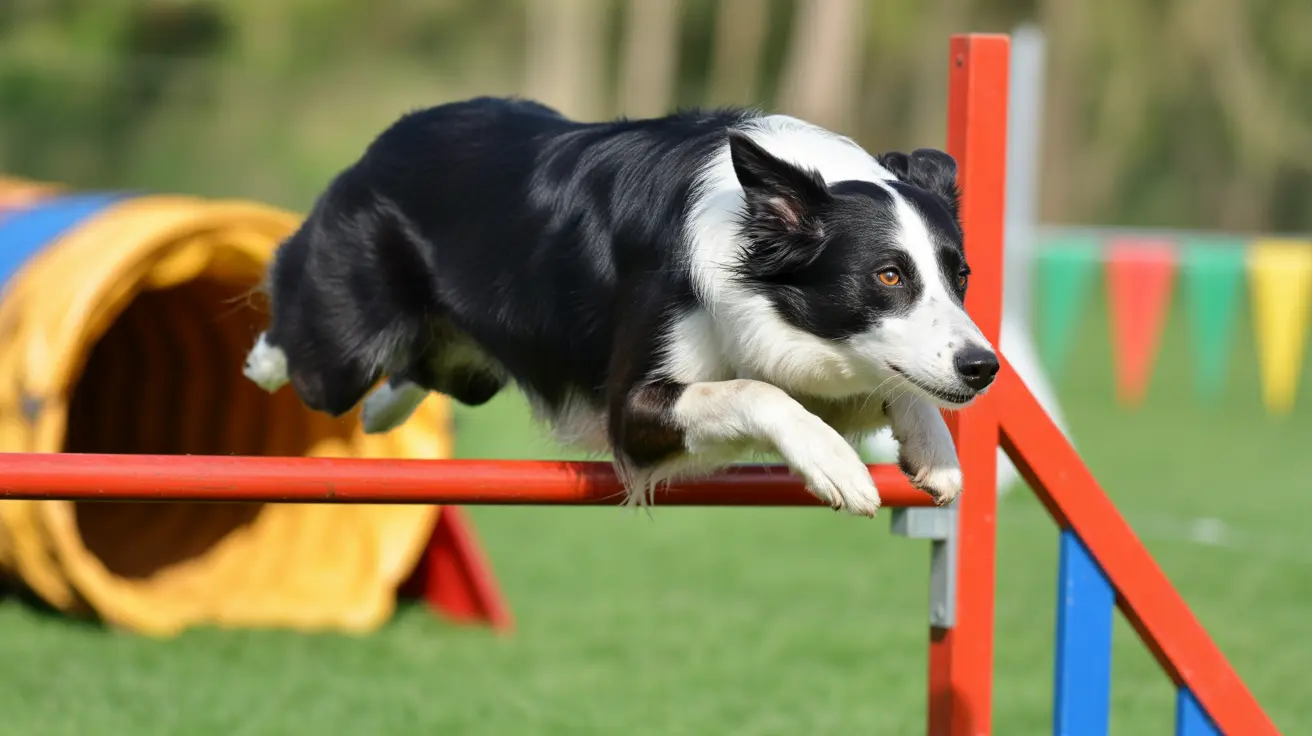Can Cats Recover from Spinal Cord Injuries?
Spinal cord injuries in cats can be alarming and life-altering, both for the pet and their owner. Causes range from traumatic accidents to degenerative diseases, and the outcome depends greatly on the severity of the injury and the quality of care provided. Understanding the symptoms, diagnosis, treatment options, and long-term management are essential to help a cat possibly recover or adapt after a spinal cord injury.
Common Causes of Spinal Cord Injuries in Cats
- Trauma – Car accidents, high falls, and animal attacks.
- Intervertebral disc disease – Slipped or herniated discs compressing the spinal cord.
- Congenital defects – Conditions present from birth.
- Inflammatory or infectious diseases – Bacterial, viral, or fungal infections affecting the spinal region.
- Vascular issues – Such as fibrocartilaginous embolism interrupting blood flow.
- Tumors – Particularly lymphoma, which can compress the spinal cord.
- Nutritional deficiencies – Including thiamine deficiency or excessive vitamin A.
- Degenerative diseases – Such as spondylosis deformans.
Recognizing Symptoms
Signs often vary depending on the injury's location and severity. Notable symptoms include:
- Paralysis or weakness in limbs
- Lack of coordination (ataxia)
- Loss of bladder or bowel control
- Pain or vocalization along the spine
- Behavioral changes or lethargy
- Loss of sensation below the site of injury
Conditions like fibrocartilaginous embolism may present suddenly but can stabilize, while others like tumors worsen gradually.
Diagnosis of Spinal Cord Trauma
Veterinarians will conduct thorough physical and neurological exams. Key diagnostics include:
- X-rays – To identify fractures or spinal misalignments.
- Myelography – Uses contrast dye to detect compression.
- CT and MRI scans – Provide detailed imaging of bone and soft tissue.
- CSF analysis – Checks for infections or inflammation.
- Blood and urine tests – Screen for underlying causes and organ function.
The presence of deep pain perception is a crucial prognostic indicator; its absence is linked to poor outcomes.
Treatment Options
Management depends on the specific cause, severity, and location of the spinal injury. Treatment may involve:
- Initial stabilization and immobilization to prevent further damage.
- Pain control using veterinary NSAIDs like meloxicam or opioids like buprenorphine.
- Anti-inflammatory drugs such as corticosteroids if given early after trauma.
- Muscle relaxants to ease spasms.
- Antibiotics in cases of infection or urinary complications.
- Surgery for fractures, disc herniation, or tumor removal.
- Physical therapy including hydrotherapy and exercises for muscle maintenance.
- Bladder management with manual expression or medications like prazosin and bethanechol.
- Gastrointestinal support to address motility problems using agents like lactulose or cisapride.
- Appetite support with stimulants like mirtazapine.
- Dietary supplements such as vitamin B12 and omega-3s for nerve health.
- Environmental adjustments like padded bedding and easy access to food and litter boxes.
Recovery and Long-Term Management
Recovery depends on the extent of the injury, speed of intervention, and underlying causes:
- Mild to moderate injuries often improve with appropriate care.
- Surgical outcomes are better when performed early.
- Fibrocartilaginous embolism may stabilize rapidly and gradually improve.
- Severe injuries with no pain perception have a poor prognosis.
- Lifelong support may include bladder care, turning to prevent bedsores, and ongoing veterinary monitoring.
Prevention Tips
- Keep cats indoors to minimize trauma risks.
- Install window and balcony safety measures to prevent high falls.
- Encourage healthy weight to reduce spinal stress.
- Provide stable furniture and ramps for mobility-compromised cats.
Conclusion
While spinal cord injuries in cats can be severe, proper diagnosis, immediate treatment, and long-term management significantly influence the potential for recovery. Many cats respond well to devoted care and adapt to permanent limitations, enjoying a good quality of life with support. Regular veterinary follow-up ensures the cat’s needs are revisited and optimized throughout the recovery process.





